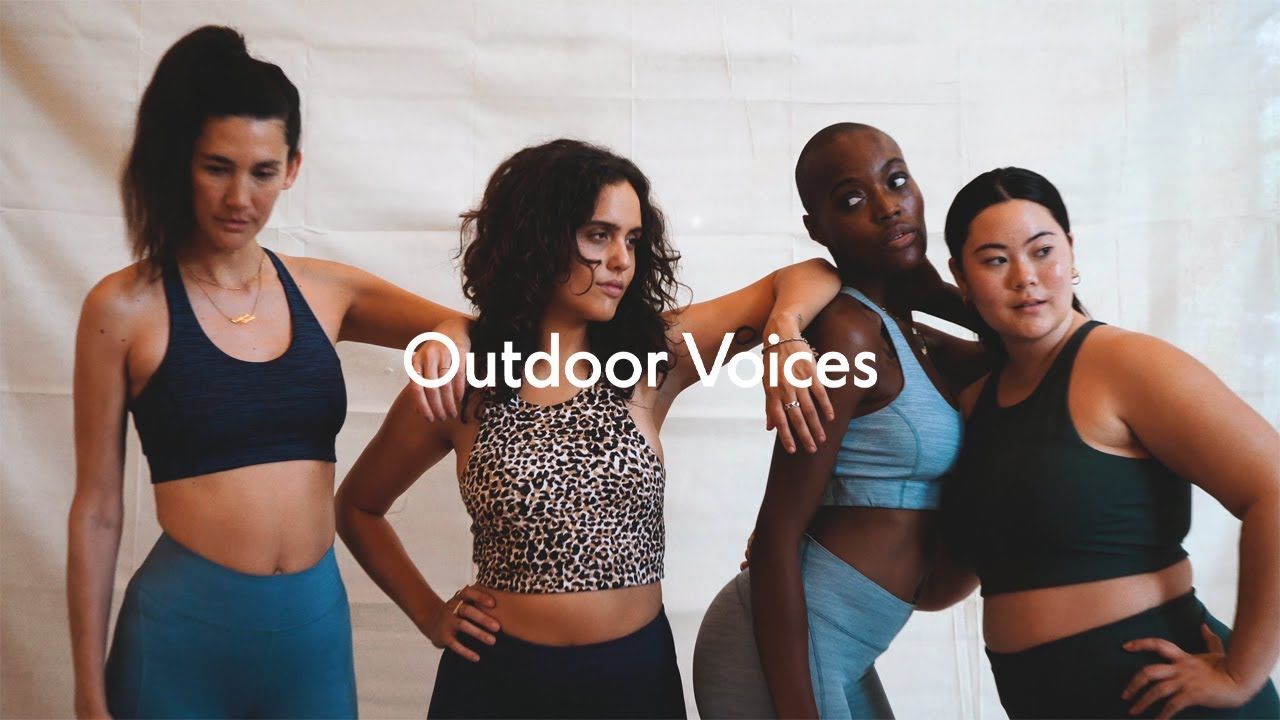How Outdoor Voices Built a Successful Brand

Outdoor Voices is a well-liked label that specializes in both athletic and casual wear. From 2014 to 2020, they experienced rapid growth, quickly expanded into retail with the opening of 12+ stores, and maintained a DTC presence accounting for roughly 70% of total sales. Instead of using spandex or polyester blends, they popularized the use of matte fabrics in athletic wear. By offering products in a wide range of colors like moss green, charcoal gray, mocha brown, strawberry red, and more, they were among the first to popularize what is now considered the "standard DTC color pallet."
Here are some insights on what worked well for them:
Bring it to life in real life and amplify it online
Tayler Haney(Ty), the founder of OV had the foresight to try to "Activate IRL & Amplify on Social" in the early days of expanding Outdoor Voices.
Outdoor Voices has held hundreds of free or cheap in-person events over the years to foster a sense of community and introduce new people to the brand. Ty and the crew would organize regular events like dog walks, pick-up basketball games, and a running club. In order to fulfill her company's mission of providing you with a "uniform for everyday activity," Ty sought to organize and promote activities and shows that "freed fitness from elite performance" (which is the opposite of what companies like Nike or Under Armor are trying to do.)
She picked gathering formats that would be interesting and useful to her target audience. Someone who likes to keep moving but who doesn't view every activity as a competition. Word-of-mouth and authentic user-generated content (UGC) exploded from these initial in-person events centered around the OV brand. Very quickly, word of the weekly events was spreading among community members through word of mouth. Ty went so far as to say that new customers would frequently visit their 800 square foot store in Austin, Texas and inquire about the previous week's basketball game score. I'd say that's an award-winning example of attribution right there.
Outdoor Voices' rapid expansion was triggered by this deceptively straightforward IRL and UGC strategy. They followed the same playbook in every major city they entered. They were able to build a devoted in-person following in cities like New York, Los Angeles, San Francisco, Boston, Nashville, Washington, D.C., Chicago, Denver, and beyond by holding in-person events, some of which generated user-generated content (UGC) for social media.
The Value of a Brand's Headquarters
Ty and the rest of the Outdoor Voices crew may have grown up in the digital age, but they still recognize the value of having a physical location from which to operate their business. Many of the events they held in each city were held right outside or inside their stores, allowing locals and visitors alike to get a feel for the company and its culture. Ty recalls that although 70% of their total revenue came from direct to consumer channels, the LTV of someone who shopped in a physical store was roughly 4X higher than a traditional e-commerce customer who simply clicked an ad and bought the product online.
Excellent Teamwork and Cooperation
Ty could also unleash community-driven expansion by developing highly novel partnerships and activations with like-minded brands. After her 1600-person "dog jog" in Austin, she proudly told Moiz and me that it was her favorite day of leading Outdoor Voices. She collaborated with like-minded companies like Bark Box and Chewy to host a legendary brand event, which drew over a thousand locals and dozens of enthusiastic dog influencers. Ty calls these kinds of events "Major Moments," where you go all out to give your community something they will never forget. From what she can recall, they routinely spent between $20,000 and $40,000. View this tweet from last year (2017).
Benefits of a Steady Pace of Development
The importance of slow and steady growth is worth understanding. Ty and the group struggled to deal with the stress of rapidly expanding the company's flagship brand. Ty opens up about the wisdom he's gained from raising $50M+ and scaling to $10M+ in annual revenue.
What we need to take away from it was the importance of normalizing the fact that business growth is difficult.
That the most successful companies in the world live in a perpetual state of "rainbows and butterflies" is a common misconception.
Not all situations are like that. It's a fact that every company in the world has to deal with problems every day. My fellow founders and business leaders, you know how challenging it is to achieve extraordinary results in areas such as marketing, growth, operations, people management, logistics, customer service, etc.
But... that's where the enjoyment comes in!
Any aspiring business owner or executive at a rapidly expanding company would do well to develop a passion for putting out fires and finding solutions. To put it simply, it's all in good fun.
What exactly does this imply for a new company's brand? The saying "slow and steady wins the race" is something that keeps hitting me in the face. Shopify makes it simple for anyone to sell their wares online. In the same way that Ty was able to find a design partner, anyone can do so and make something to sell on the internet. However, only a select few brands have the resources to create a self-sustaining ecosystem centered on their products and audience. That was executed by Ty. It expands the "word of mouth" channel by providing customers with a natural way to talk about the brand without having to come across as a salesperson.
Increased engagement and sales can be expected once more people start talking about OV's events, their running club, or how they met someone great at a dog party.
It's crucial to zero in on your target audience, learn what they want more of, and figure out what you can do to give it to them. There is no way to expand it. Similar to search engine optimization, the compounding effects of community marketing are huge and have a large payoff, but you won't get a $30 CPM where you can insert $200 and see 6,000 people or more.

